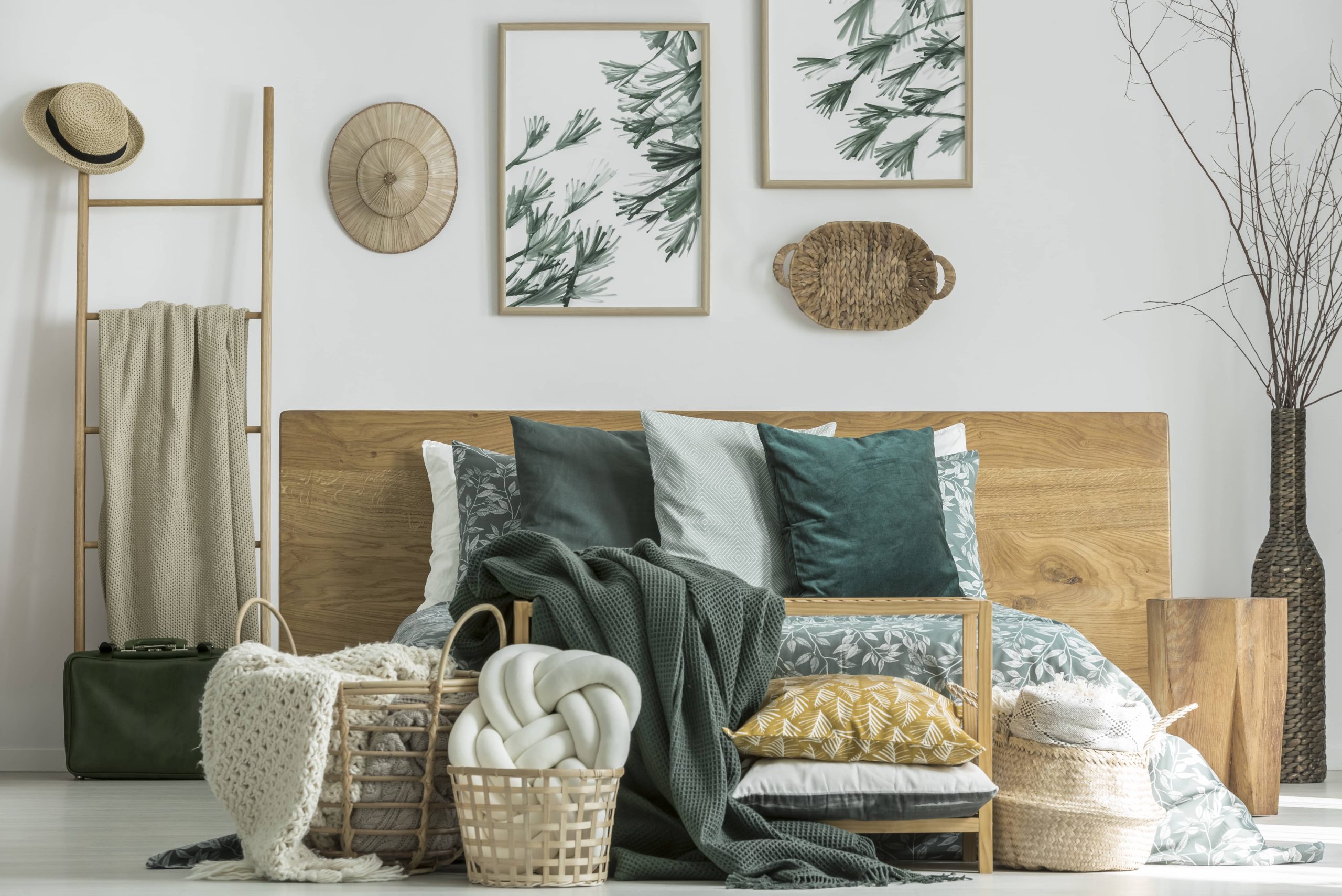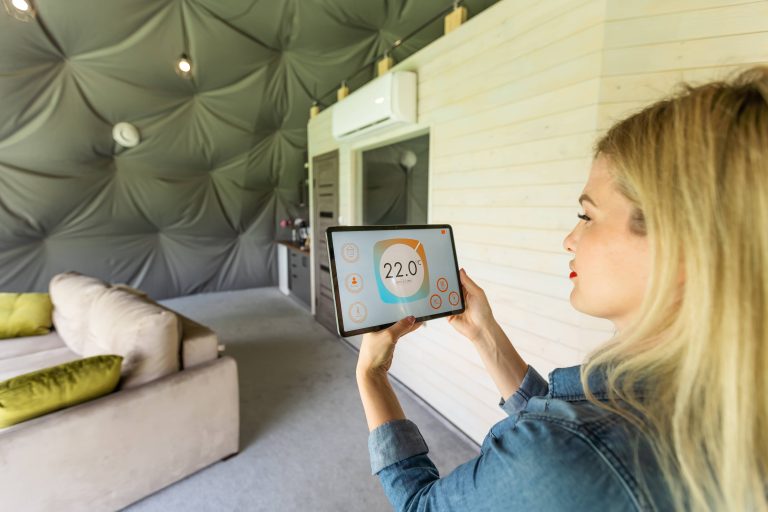
In the ever-evolving world of interior design, color trends come and go, but the desire to add vibrancy and interest to our living spaces remains a constant. Bold colors can transform a room, injecting energy, personality, and emotion. Yet, many shy away from using them, fearing a clash or overwhelming effect. So, how can you incorporate bold colors in your home without it feeling like visual chaos? Let’s explore some practical tips and strategies that will allow you to embrace your favorite vivid hues with confidence and sophistication.
1. Start with a Neutral Base
Before diving into bold colors, it’s wise to establish a neutral base. Shades like white, cream, gray, or taupe provide a versatile backdrop that balances brighter tones. Think of it as a canvas on which bold colors can really shine. A neutral foundation keeps a room cohesive and allows your chosen bold elements to stand out without competing against the architecture of the space or other design features.
2. Choose a Color Palette
One of the easiest ways to ensure cohesion when using bold colors is to select a color palette. Limiting your palette to two or three dominant colors avoids visual clutter while still enabling a vibrant aesthetic. Consider the 60-30-10 rule: 60% of the room should be a dominant color (often a neutral), 30% a secondary color (one of your bold tones), and 10% an accent color (another bold hue or a contrasting tone).
3. Accent Walls and Focal Points
If you’re unsure about going all out with bold colors, consider introducing them through accent walls. A single-colored wall can add character to a room without overpowering it. This approach allows the bold color to coexist with more muted elements, providing balance. You can also use similar principles to draw attention to focal points in a room, such as a bold-colored fireplace surround, a single piece of brightly colored furniture, or an art piece that echoes the bold hue.
4. Layer with Textiles and Accessories
Textiles and decorative accessories offer an easy way to add bold colors to your home without significant commitment. Throw pillows, rugs, curtains, and blankets in vivid shades can be switched out seasonally or when you wish to update the room’s vibe. This flexibility allows you to experiment with trending colors or your current favorites. Additionally, decorative items like vases, lamps, and artwork can introduce color nuances that complement bolder statement pieces.
5. Be Mindful of Lighting
Colors can look dramatically different under varying lighting conditions. What feels bold and beautiful in natural daylight may seem overwhelming under artificial lighting at night. Consider the light sources in your space. Use lighting to your advantage by layering different types of lighting, such as ambient, task, and accent, to highlight bold colors at different times of the day. Dimmable lights can also control how strongly colors appear, helping to maintain an inviting atmosphere.
6. Bring in Natural Elements
Natural elements, such as indoor plants, wooden textures, and stone features, offer valuable contrast to bold colors. Greenery, for instance, can balance vivid shades, providing a soothing effect while introducing a touch of nature. Similarly, wooden furniture or decorative pieces can add warmth and texture that stands up to vibrant colors without clashing. The juxtaposition of organic elements with bold colors often results in a harmonious and grounded space.
7. Consider Color Psychology
Before committing to a bold color, consider its psychological impact. Colors evoke emotions and can greatly influence the mood of a space. For example, red is known for its energy and passion, making it ideal for dining rooms or social areas. Blue promotes calm, excellent for bedrooms or bathrooms. Yellow radiates cheerfulness, perfect for kitchens or entryways. Understanding the emotional qualities of bold colors can guide you in selecting hues that align with the purpose of each space.
8. Create a Color Flow
To ensure that bold colors enhance rather than disrupt the harmony of your home, aim for a cohesive color flow throughout connecting spaces. Allow colors to transition smoothly from one room to another. This doesn’t mean every room must feature the same hues, but they should complement or subtly echo each other. This consistent thread will make the overall space feel connected, even if different rooms boast distinct bold colors.
9. Limit Patterns with Strong Colors
When working with bold colors, approach patterns with caution. Bold colors are statements on their own, and introducing busy patterns can lead to a crowded and chaotic feel. If you’re drawn to patterns, choose simpler designs or ones that incorporate your chosen color palette for a more cohesive and pleasing look.
10. Embrace Your Style
Ultimately, interior design is a personal venture, and incorporating bold colors should be reflective of your style and personality. Don’t shy away from expressing yourself through color. If a particular hue speaks to you and enhances your living space’s function and feel, embrace it with open arms. Be confident in your choices, and remember, your space is a canvas for your personal expression.
Adding bold colors to your home doesn’t have to be intimidating. With these strategies, you can incorporate vibrant hues thoughtfully, ensuring your space feels lively yet harmonious. So go ahead, dip your brush into that pot of bold paint, and transform your space into a true reflection of you.







